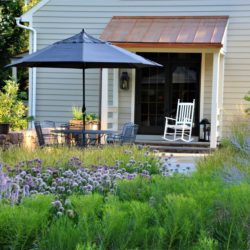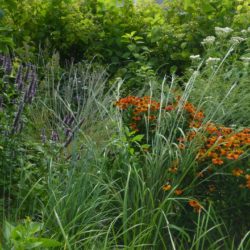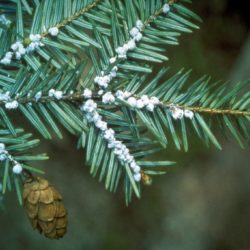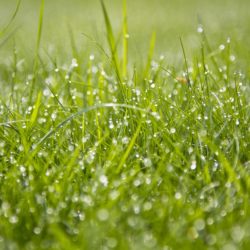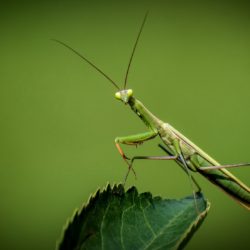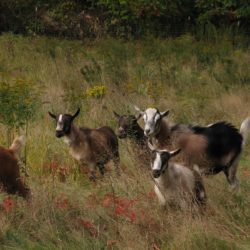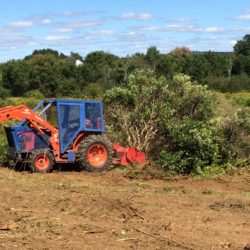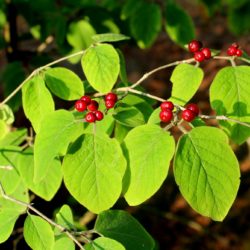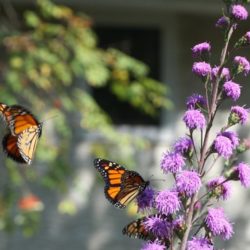by Don Pell
Four years ago, a project inquiry brought me to a site that dreams are made of—an 18th-century colonial farmhouse beautifully restored over the past 30 years by its owners. The details of the home were meticulously curated; however, the gardens were entirely unconsidered. The home’s surroundings looked degraded and sadly suburban. Join me as I transform this landscape into an ecological oasis for the homeowners to enjoy for years to come.

